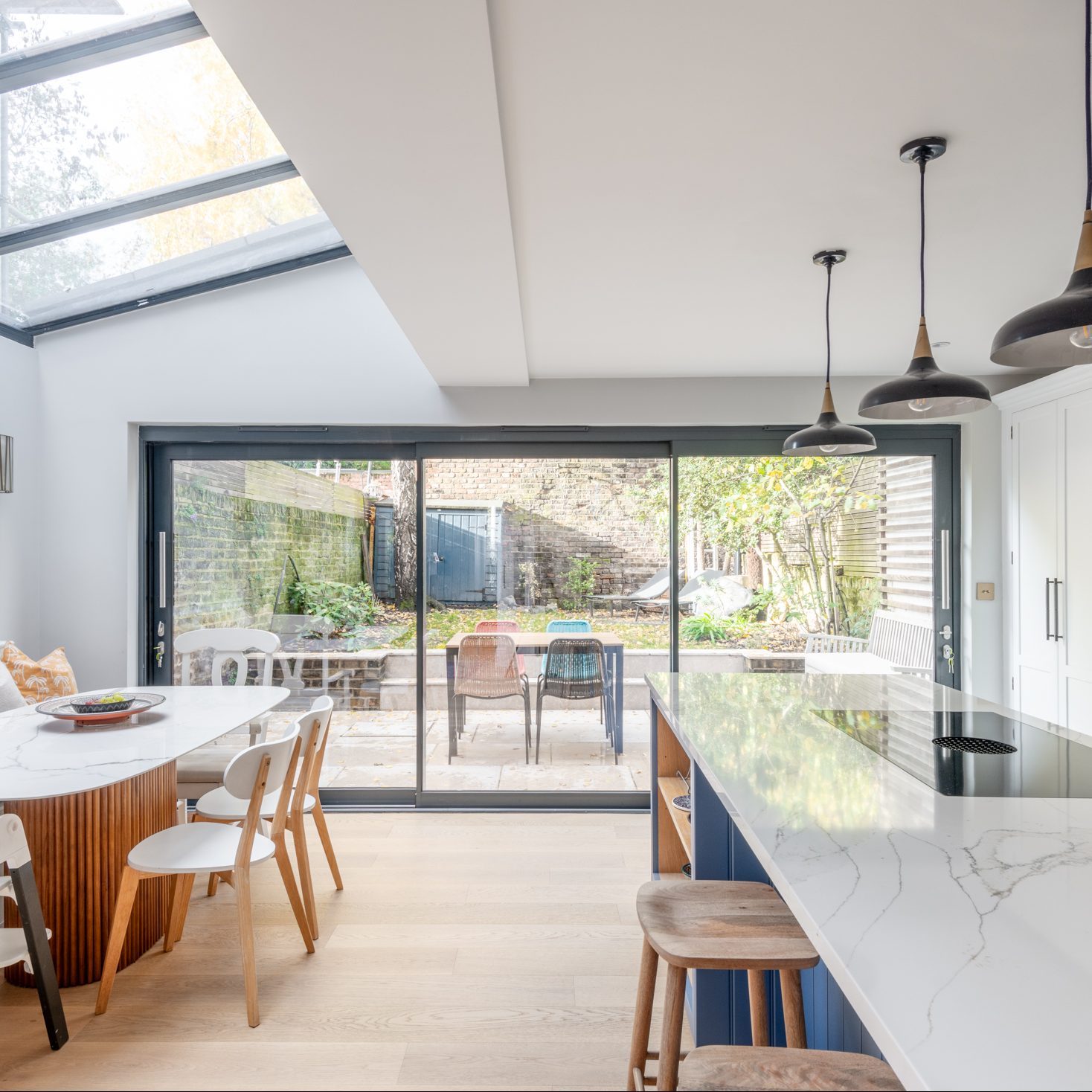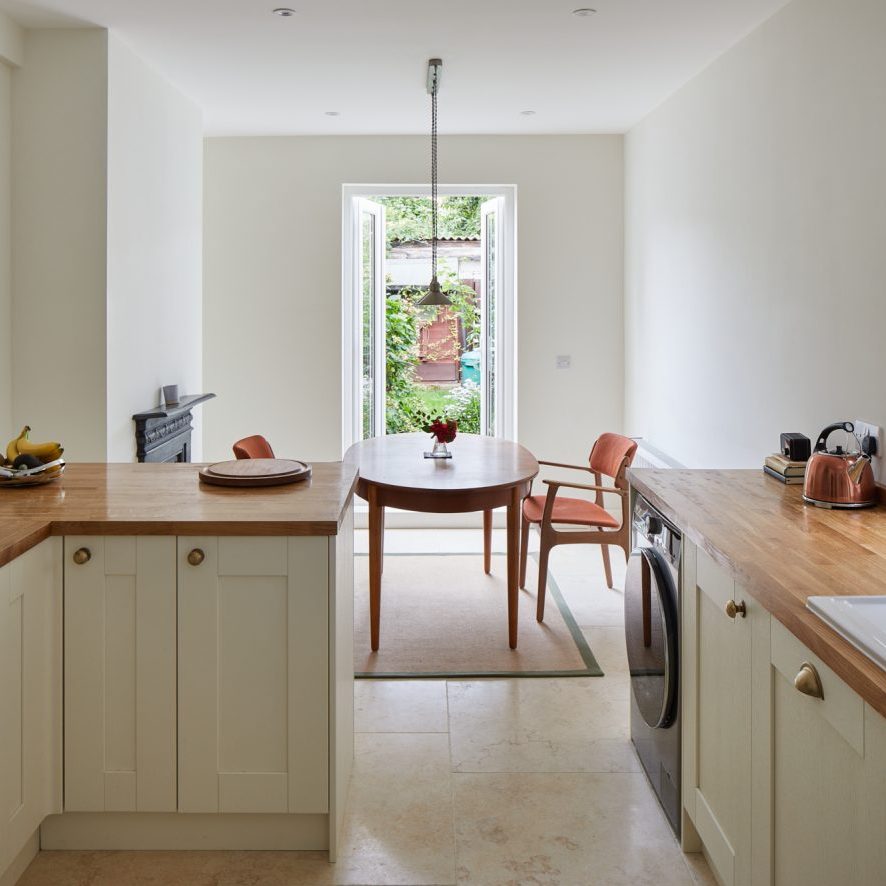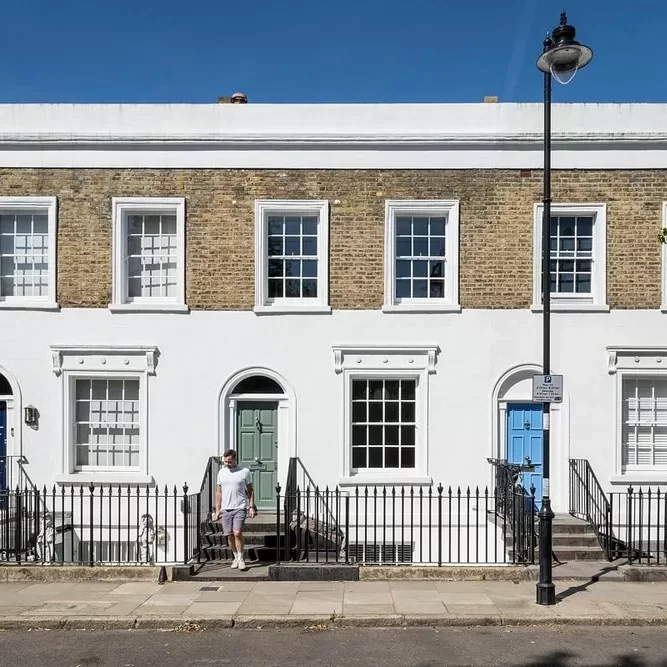London’s Unique Architectural Landscape: A Historical Overview

London, a city with a rich tapestry of history woven into its streets, stands as a testament to architectural evolution. There aren’t many cities on the planet that transcend multiple centuries, let alone multiple millennia. From the regal elegance of historic palaces to the sharp lines of modern skyscrapers, the city offers an eclectic mix of designs. For young professionals considering a home renovation or extension in London, understanding the city’s architectural heritage can provide valuable context and inspiration.
History of Architecture in London
Tracing the lineage of London’s architectural marvels is akin to travelling through time. The city has witnessed a series of architectural eras, each leaving an indelible mark:
- Roman London: The remnants of Roman architecture, with its orderly grid systems and straight roads, can still be discerned in parts of the city. The London Wall, for instance, echoes a distant past when the Romans once walked these lands.
- Medieval Majesty: Characterised by Gothic grandeur, this period birthed structures like the Westminster Abbey, showcasing intricate stonework, pointed arches, and towering spires.
- Tudor and Stuart Eras: Recognisable by their timber frames and protruding upper stories, the buildings from these periods, such as parts of the Globe Theatre, imbue London with a unique charm.
- Georgian and Victorian Splendour: Marked by symmetry, large sash windows, and ornate detailing, these eras championed aesthetics and function. The sprawling terraced homes and iconic landmarks, like the Tower Bridge, belong to these glorious times.
- Modern and Post-modern Innovations: As the city rebuilt post the World Wars, London embraced innovative designs. From monolithic monuments like the brutalist Barbican to sleek Skyscrapers, like The Shard, and unusual structures, such as the Gherkin and Walkie Talkie, now punctuate the city’s skyline.
How the City’s History Shapes Modern Designs
London’s history isn’t merely confined to textbooks; it breathes life into its modern structures. Contemporary architects often draw inspiration from the city’s past, integrating historical elements into modern designs. For example, the juxtaposition of the old and new can be observed in buildings like the British Museum’s Great Court, where Norman Foster’s sleek glass and steel roof canopy beautifully complements the historic structure.
Furthermore, the constraints of London’s ancient street layout and the need to preserve heritage sites have also led to innovative architectural solutions. Modern buildings often incorporate, or are designed around, historical elements, ensuring the city retains its unique character amidst evolution.
The Importance of Understanding Local Architectural Nuances
For those embarking on home renovations or extensions, a grasp of London’s architectural nuances offers several advantages:
- Informed Decisions: Knowing the architectural styles dominant in your neighbourhood can guide design choices that complement the local aesthetic.
- Preservation of Character: In many parts of London, maintaining the historic integrity of buildings is not just preferred but mandated. Understanding these nuances ensures compliance with local regulations.
- Value Addition: Homes that blend seamlessly with their historic surroundings often command higher market values, offering both aesthetic appeal and financial benefits.
- Personalised Designs: Drawing inspiration from the city’s rich architectural tapestry allows homeowners to infuse their spaces with personalised historical touches, crafting homes that tell stories.
To conclude, London’s architectural journey, rich and varied, is a treasure trove of insights and inspirations. By delving deep into this history, young professionals can embark on renovation projects that are not just about creating spaces but also about celebrating stories, preserving legacies, and ensuring that the London of tomorrow remains as enchanting as the London of yesteryears.




